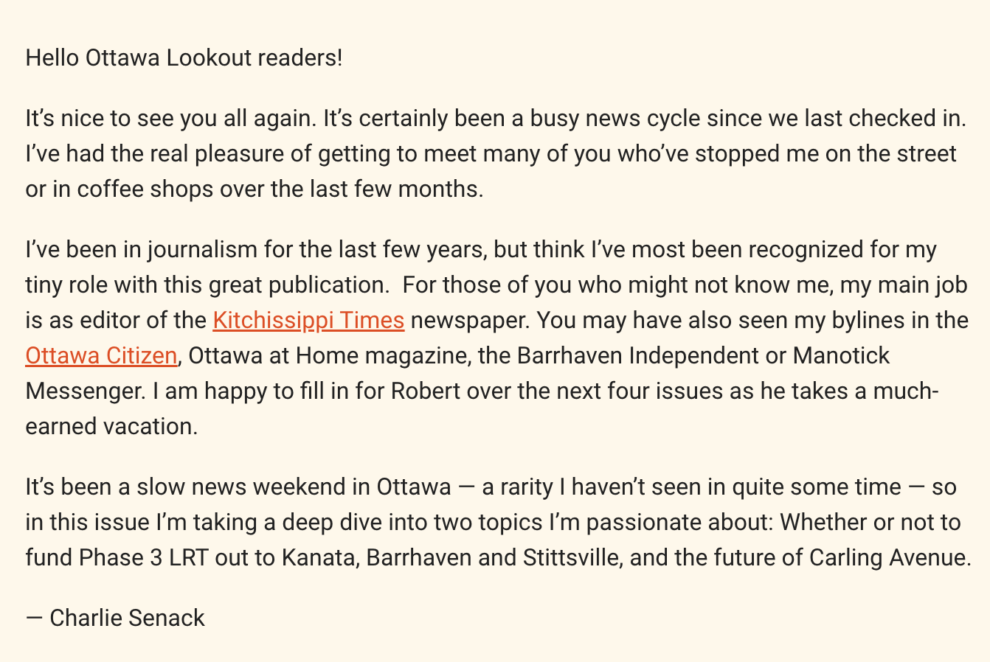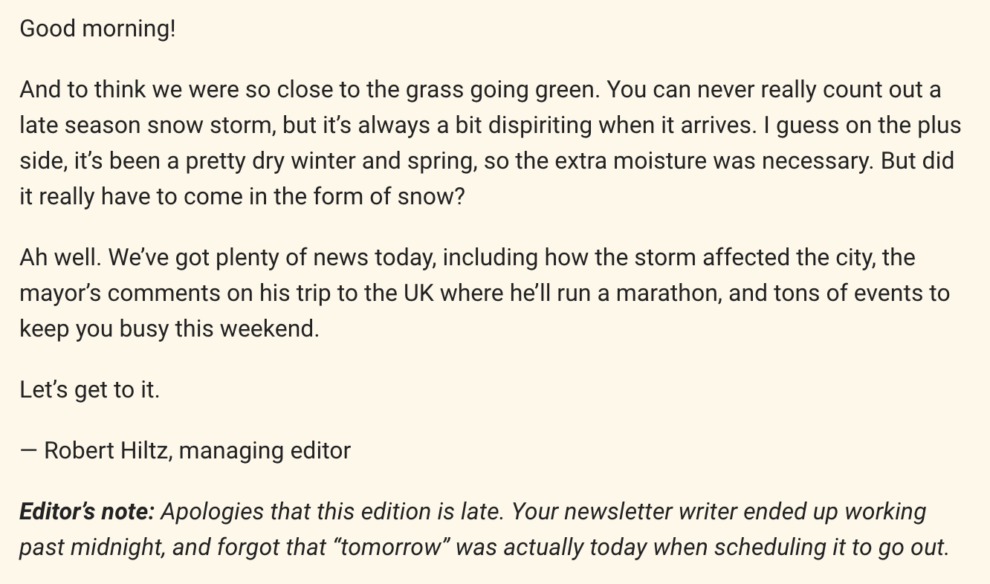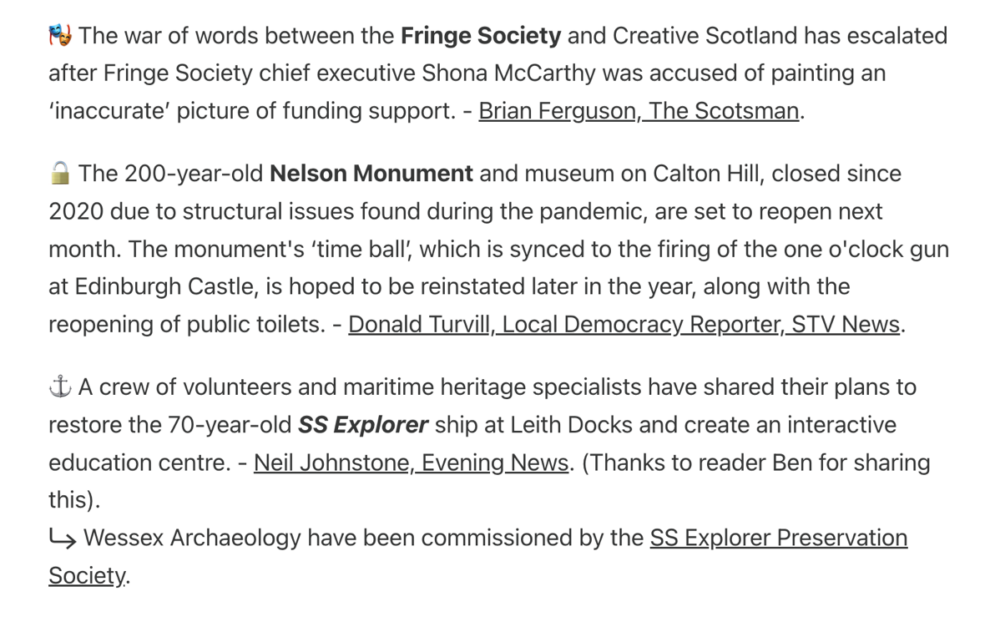Legacy media has an age problem.
As it stands, the printed press readership skews older and younger audiences who have little appetite to pick up the practice of reading physical papers.
As print’s audience diminishes, publishers have refocused their efforts on building their digital offerings. However, it is said that it takes 2.5 digital subscriptions to compensate for the loss of one print subscription. So, publishers are faced with two avenues: increase the average revenue per user (through bundling, for instance) or grow the audience size.
Growing an audience among younger generations has, in particular, become a key focus for legacy media, as witnessed by a boom in investments in video and social media channels.

Yet, this is easier said than done. The challenge of catering to Gen Z and Millennials who have not grown up as habitual news readers is proving to be a large one. Their reading, content, and storytelling preferences are markedly different from those of other generations. Born in 1997, on the cusp of the Gen Z-Millennial divide, I can speak to this experience personally (and very much anecdotally).
In this context, legacy media can find inspiration in how local news publishers are seeing the start of a renaissance. Local newsletters, in particular, have seen some success in building audiences with a younger average audience age than legacy papers. While this may simply be because they are newsletters – a format that caters to digital audiences – they are also shaping how news is delivered and how journalists relate to their communities.
In this article, we highlight how news companies could take inspiration from local newsletters’ strategies to attract and retain a younger audience. To help us explore this topic, we use the insights brought forward by FT Strategies and Knight Lab’s Next Gen: Understanding the Audiences of 2030 report, which studied the news consumption habits of Gen Z.
Trust is a person, not (necessarily) a brand.
Legacy papers could previously rely more heavily on their brand to showcase their trustworthiness. Gen Z does not take this for granted, as the Next Gen report suggests that “although these credentials are still valued by younger people, broadly speaking, their relative importance is diminishing.”
For better or for worse, trust now also comes from a secondary source: content creators and influencers. Why? “[It’s] because the internet generation is used to following individual content creators and building an affinity with them,” explains Liat Fainman-Adelman, a contributor to the report, in an interview with The Fix.
How can publishers build trust with younger audiences?
Hyperlocal newsletters such as the Ottawa Lookout have incorporated a personal touch within their newsletters by reserving a slot at the top of the newsletter for their contributors to discuss informal topics. This can help create a sense of closeness to the reader by introducing them to the people behind the content they consume.

Using this space to react to feedback and issue corrections is also a trust-building mechanism. According to the Next Gen report, being transparent and fact-checking helps build credibility amongst this audience demographic.

The Next Gen report suggests introducing the journalists and editors behind a story creates a sense of proximity and affinity that Gen Z values. Local newsletters have done this quite well, laying the foundation for increased trust.
Needless to say, local news outlets are not the only ones focusing on building more trust with their readers and newsletters are not the only method to do so. Particularly with AI changing how readers find and consume news more generally, publishers of all sizes have renewed their focus on building a trusting relationship with their audience.
Examples of larger publishers already embarking on this trend are Axios, which launched a membership program that gives access to some of their top journalists (among other perks), or The New York Times, which often pins a comment by a journalist or producer who worked on their Visual Investigation videos.

Gen Z is looking for actions and solutions.
The content Gen Z is interested in and the way it is presented is slightly different from others. Namely, they prefer their news to be solutions-based and actionable. Indeed, the Next Gen report “observed that younger consumers wanted the news and information that they consume to empower them to take action.”
Actionability means that the news explains how the stories impact their lives and communities or empower them to make decisions.
The Edinburgh Minute is an interesting example of a hyperlocal newsletter that filters content from various news sources about stories and happenings around Edinburgh and presents upcoming events. This helps residents relate to their community and plan events to attend.

In the local news space, being actionable may be easier to do consistently since news events are guaranteed to be closer to the reader’s day-to-day life. For larger societal issues where actionable content may be hard to provide, a second shift that Gen Z seeks is solutions journalism. Solutions, or constructive journalism, was born out of a desire to counter sensationalism and negative news stories. It seeks to explore the issue in-depth and highlight avenues forward.
Although “many public media organisations worry most about news avoidance amongst the young, […] others see the trend cutting across age groups”. To counter news avoidance, 44% of publishers polled in Reuter’s Journalism, Media, and Technology Trends and Predictions 2024 report stated that solutions/constructive journalism was a key part of the solution.
Creating content that resonates with Gen Z
Finally, the way the story is brought up, in terms of editorial tone, language, and format, are all important considerations for this generation. In an age where these readers are bombarded with content competing for their attention, helping them filter information is a valued service.
Simplicity and convenience are the names of the game. According to the Next Gen report, Gen Z is looking for information-dense content with approachable and straightforward language. They can be turned off by the complexity of vocabulary sometimes used by legacy papers.
The Manchester Mill and Ottawa Lookout are two examples of hyperlocal newsletters that make their content accessible to consume by using bold fonts and bullet points in their delivery. The Mill also produces long-form, in-depth articles, as there is still a need and appetite for this format.

What works for one may not work for the other, but…
Jonathan Heawood, CEO of the Public Interest News Foundation, recently stated in an interview with Jeremy Clifford for a piece on Behind Local News: “Comparing indie to legacy publishers is like comparing a local coffee shop to Starbucks — the same strategies don’t always apply to both.”
Similarly, I would tend to agree that the same saying about non-profit news applies to local news: “If you’ve seen one non-profit news organization, you’ve seen one non-profit news organization.”
In short, there is no one-size-fits-all solution.
That said, by looking at different media spaces, from local news to international publications to social media, publishers can pull different insights that could help attract and retain a younger audience.
For this piece, publishers can take insights on how to build a younger audience through:
- Building trust by bringing your editors and journalists closer to the reader.
- Incorporating solutions journalism.
- Creating easy-to-consume content through changes in language and format.
For publishers looking for inspiration, FT Strategies and Knight Lab’s Next Gen News report, cited throughout this article, outlines dozens of ways publishers can better cater to a younger audience and is well worth the read.

